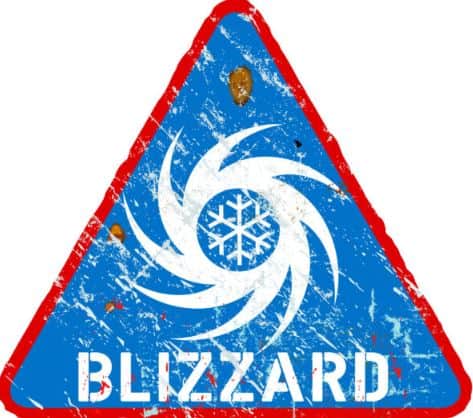How To Develop A Family Disaster Preparedness Plan: Step-By-Step Instructions
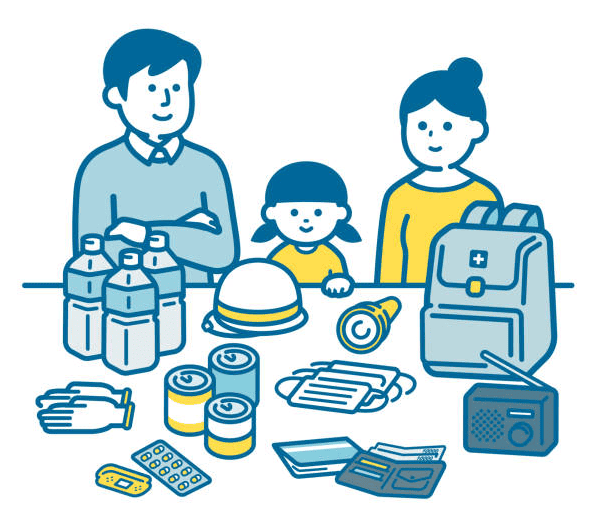
In the blink of an eye, disaster can strike, leaving families vulnerable and unprepared. However, by developing a family disaster preparedness plan, you can safeguard your loved ones and minimize the impact of unforeseen events. This step-by-step guide will walk you through creating a comprehensive plan to ensure your family’s safety and well-being in times of crisis. From communication strategies to emergency supply kits, this blog post will cover all the essential elements needed to weather any storm. Don’t wait for disaster to knock on your door; take control now and protect what matters most.
Crafting Your Family Emergency Plan
Establishing Communication
Ensure every family member has a designated meeting point outside the home in case of emergencies. Practice communication strategies regularly to prevent confusion during crises.
Create a list of emergency contacts, including local authorities, hospitals, and relatives. Share this list with all family members and keep it easily accessible.
Designating Roles and Responsibilities
Assign specific tasks to each family member based on their capabilities. Designate roles such as first aid provider, communication coordinator, and pet caretaker.
Develop a clear evacuation plan for different scenarios like fires, floods, or earthquakes. Conduct drills to familiarize everyone with evacuation routes and procedures.
Assembling Emergency Supplies
Stock up on essential supplies like non-perishable food, water, medications, and hygiene items. Regularly check and update your emergency kit to ensure everything is current.
Include important documents such as identification papers, insurance policies, and medical records in a waterproof container. Store these documents in a secure yet easily accessible location.
Choosing Family Meeting Locations
Community
When choosing family meeting locations, consider selecting spots within your community that are easily accessible and familiar to all family members. Opt for places like local parks, schools, or libraries.
Accessibility
Prioritize accessibility when deciding on meeting locations. Ensure that the spots chosen are reachable by foot within a short duration in case of emergencies.
Variability
Select multiple locations within your community as meeting points to account for different scenarios and potential disruptions. Having several options increases flexibility and adaptability in times of crisis.
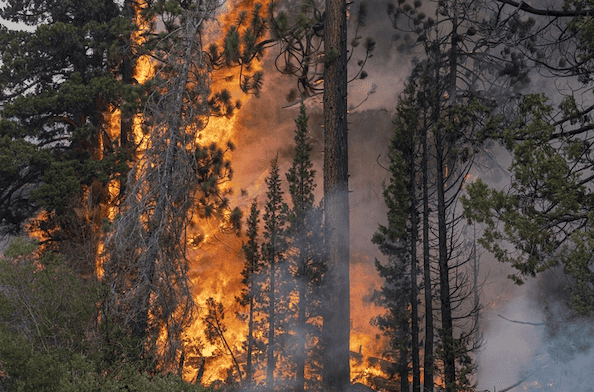
Creating a Comprehensive Emergency Contact List
Essential Contacts
Ensure to include contact information for immediate family members, close relatives, and friends in your emergency contact list. These individuals are crucial for communication and support during a crisis.
List down their names, phone numbers, and any other relevant details such as medical conditions or special needs. This information will be vital for emergency responders and healthcare providers.
Local Authorities
Don’t forget to add local emergency services such as the police department, fire station, and hospital to your contact list. In times of disaster, these contacts can provide swift assistance and guidance.
Create a separate section for utility companies like gas, water, and electricity providers. Quick access to these contacts can help resolve any utility-related emergencies efficiently.
Community Resources
Consider adding contacts for community resources like shelters, non-profit organizations, and religious institutions. These resources can offer additional support and assistance during challenging times.
Compile all this information into a single document that is easily accessible to all family members. Regularly update the list with any changes in contact details or additional important contacts.
Staying Informed with Emergency Alerts
Receiving Alerts
Emergency alerts are crucial to safety during disasters. Stay informed about weather conditions and evacuation orders.
Stay connected through various types of alerts: Wireless Emergency Alerts (WEA), Emergency Alert System (EAS), and National Oceanic and Atmospheric Administration (NOAA) Weather Radio.
Importance of Timely Information
Immediate alerts can save lives by providing critical information. Receive notifications on risks like floods, hurricanes, or wildfires in your area.
React promptly to warnings to ensure your family’s safety. Share received alerts with others to help them stay safe too.
Feedback and Updates
Provide feedback on the usefulness of alerts to improve their effectiveness. Regularly update your contact information to receive timely notifications.
Acknowledge the significance of receiving accurate information during emergencies. Make necessary changes based on alert feedback for better disaster preparedness.
Planning Your Family’s Evacuation Route
Creating Routes
When planning your family’s evacuation route, consider multiple paths to exit your home quickly and safely. Map out primary and alternative routes.
Ensure that each family member is familiar with the chosen routes. Practice using them regularly to build confidence in case of an emergency.
Safety Measures
Teach your kids the safest way to navigate through the house during a disaster, such as a tornado. Designate safe areas within each room.
Establish a meeting point outside your home where all family members should gather after evacuating. This ensures everyone is accounted for.
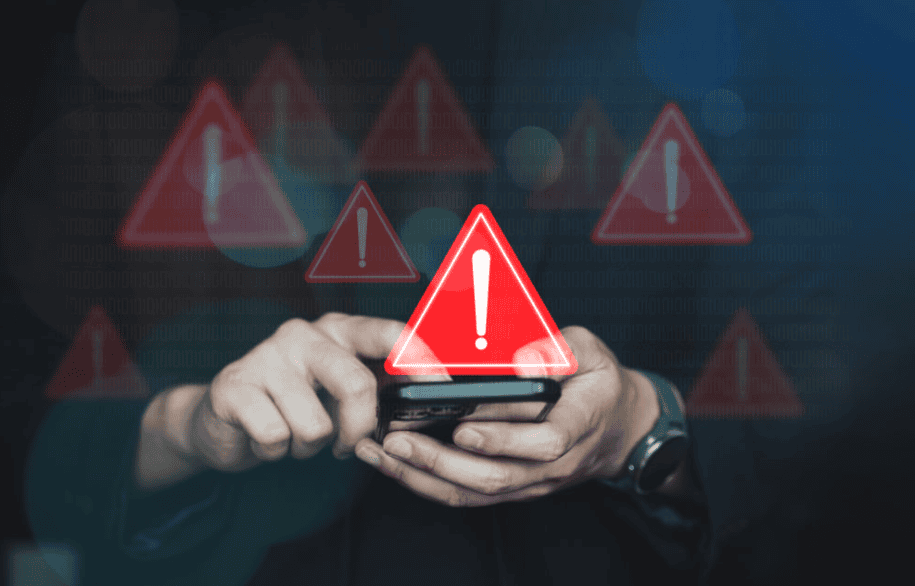
Communication Strategies
Instruct each family member on how to communicate in a crisis situation. Use clear and concise language to avoid confusion or panic.
Create a list of emergency contacts and distribute it to every family member. Include important numbers like local authorities, hospitals, and relatives.
Strategies for Sheltering in Place
Stockpiling Essentials
When sheltering in place during a disaster, stockpiling essentials is crucial. Ensure you have non-perishable food, water, medications, and first aid supplies for at least 72 hours.
During emergencies, having a well-stocked emergency kit with flashlights, batteries, blankets, and a battery-powered radio is essential. Consider including personal hygiene items like hand sanitizer and masks.
Securing Your Home
To ensure safety while sheltering in place, focus on securing your home. Check for potential hazards such as loose furniture or heavy objects that could fall during an earthquake or storm.
Secure heavy furniture to walls to prevent tipping. Install safety latches on cabinets to keep harmful substances out of reach of children. Have tools like wrenches and shut-off valves ready for utility shutdowns.
Communication Plans
Establish clear communication plans with family members during a disaster. Designate an out-of-area contact person that everyone can reach to provide updates on their status and location.
Create a list of emergency contacts including local authorities, hospitals, and utility companies. Ensure each family member knows how to send texts or use social media platforms when phone lines are overloaded.
Addressing Each Family Member’s Needs
Children
When addressing each family member’s needs in a disaster preparedness plan, it is crucial to consider the unique requirements of children. Assign specific responsibilities to ensure their safety and comfort during emergencies. Prepare supplies tailored to their age and include items like diapers, formula, and favorite toys.
Elderly Relatives
For elderly relatives, make sure their needs are met by including necessary medications, medical supplies, and mobility aids in the emergency kit. Assign someone to assist them in case of evacuation or any other emergency situation.
Pets
Don’t forget about your furry family members. Allocate responsibilities for pet care, including food, water, medications, and comfort items in the disaster preparedness plan. Have a designated area for them in the shelter.
Everyone’s Mental Health
Consider everyone’s mental well-being during disasters. Include activities or items that can provide comfort and reduce anxiety for all family members. Encourage open communication and support each other emotionally.
Conducting Household Emergency Drills
Fire Safety
Practice fire escape routes regularly to ensure everyone knows what to do when disaster strikes. Designate a meeting point outside the home.
Fire drills are essential for families to understand how to respond in case of a fire. Make sure everyone knows how to operate a fire extinguisher.
Evacuation Procedures
Conduct evacuation drills simulating various disasters like earthquakes or floods. Teach family members how to turn off utilities.
Ensure each family member understands their role during an evacuation. Practice scenarios where someone is injured and needs assistance.
Final Remarks
You’ve now laid the groundwork for a solid family disaster preparedness plan. By crafting a detailed strategy, selecting meeting spots, compiling essential contacts, staying informed, plotting evacuation routes, preparing for sheltering in place, addressing individual needs, and practicing emergency drills, you’ve taken crucial steps to safeguard your loved ones. Remember, preparation is key to facing unexpected challenges with confidence and resilience. Regularly review and update your plan to ensure its effectiveness in times of crisis. Stay proactive and stay safe!
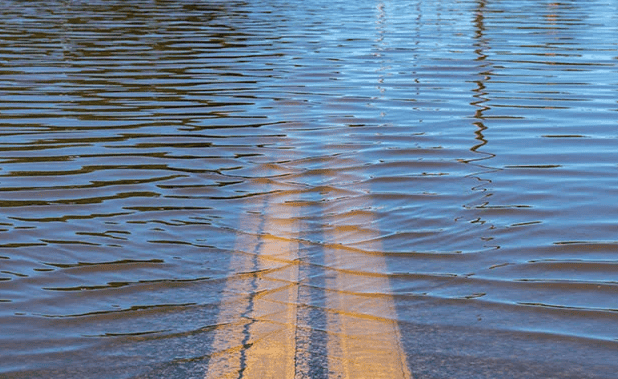
Frequently Asked Questions
How important is it to have a family disaster preparedness plan?
Having a family disaster preparedness plan is crucial as it ensures everyone’s safety during emergencies, reduces panic, and helps in effective coordination and communication.
What should be included in a comprehensive emergency contact list?
A comprehensive emergency contact list should include phone numbers of family members, neighbors, local authorities, schools, workplaces, doctors, and utility companies.
How often should household emergency drills be conducted?
Household emergency drills should be practiced regularly at least twice a year to ensure that everyone knows what to do in case of an emergency and to identify any areas that need improvement.
Why is it essential to address each family member’s needs in the disaster preparedness plan?
Addressing each family member’s needs ensures that everyone’s specific requirements such as medications, mobility issues, or dietary restrictions are taken into account when planning for emergencies.
How can staying informed with emergency alerts benefit my family during disasters?
Staying informed with emergency alerts provides real-time information about potential threats, evacuation orders, and safety instructions from official sources to help your family make informed decisions and stay safe.

